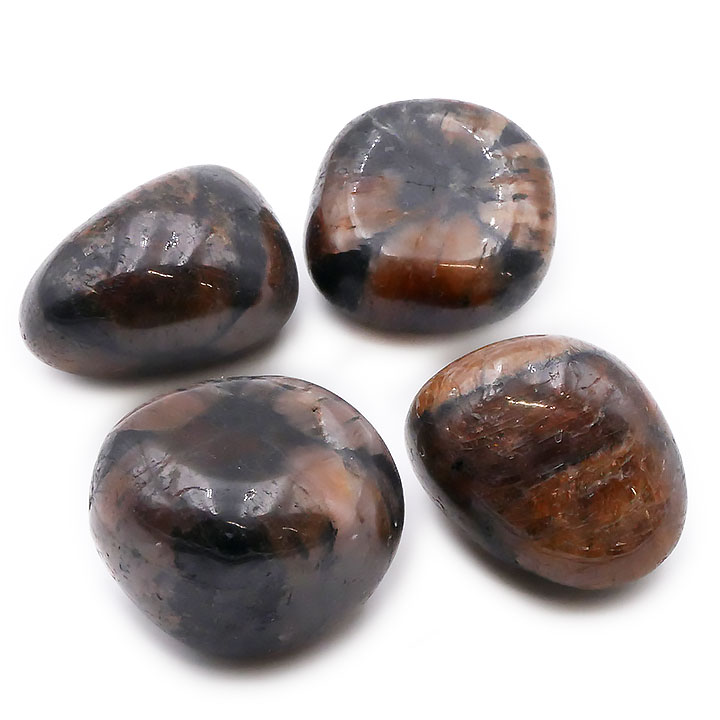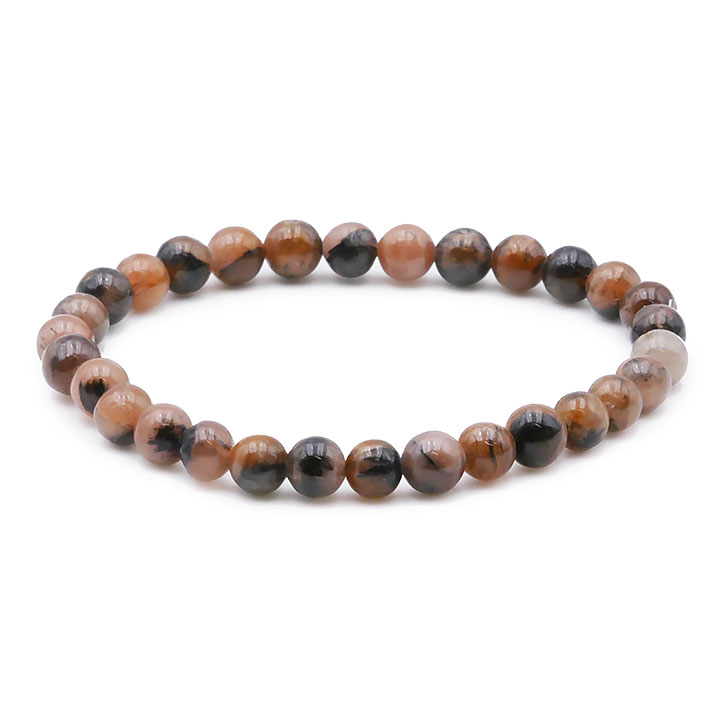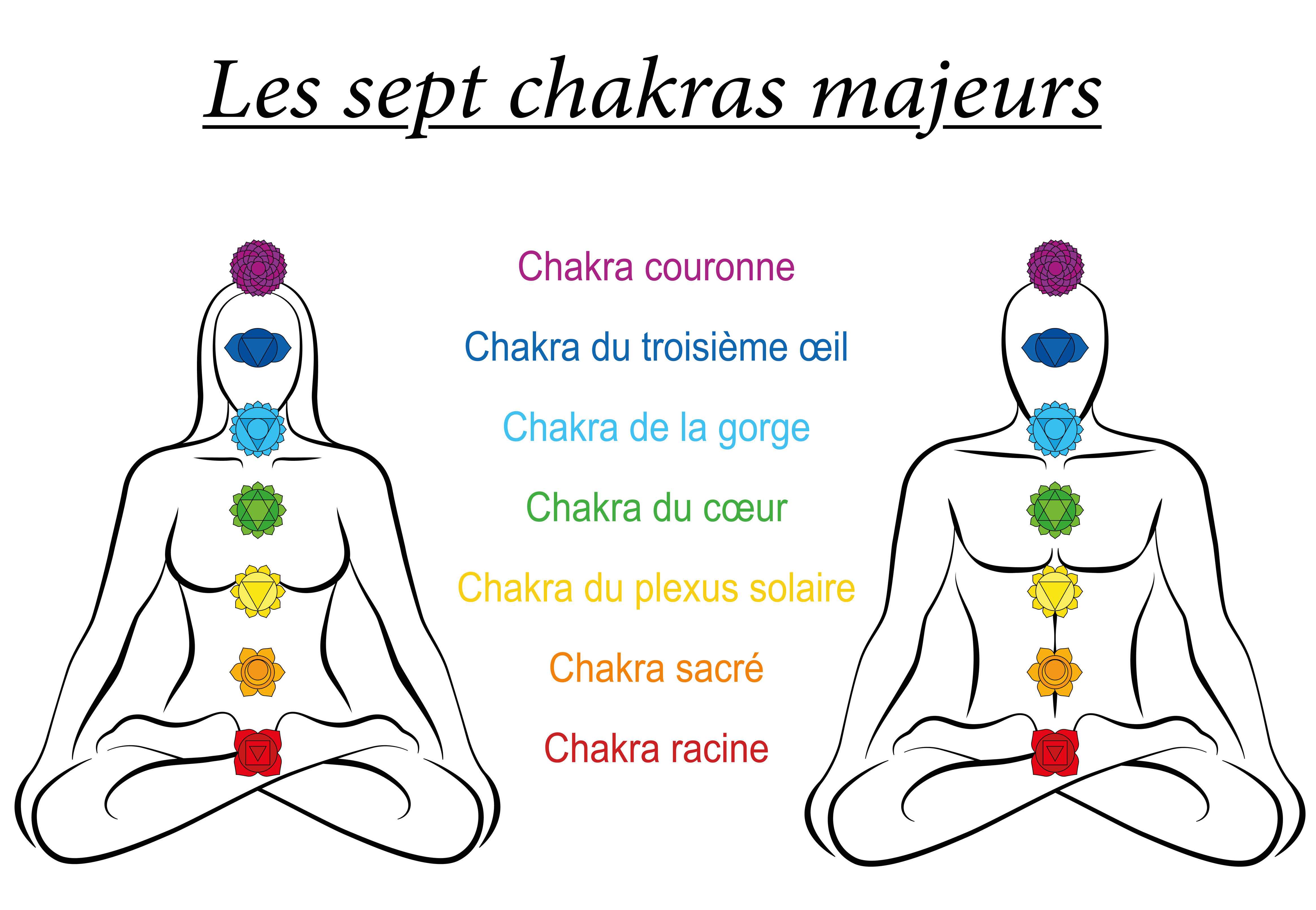


The Chiastolite
The name chiastolite comes from the ancient Greek "kiastos" meaning "marked with a cross" and is pronounced "kiastolite"'. However, according to other sources, it is said that Chiastolite owes its name name to the Latin "macula", a term that translates for "stain". This stone is also called "pierre de croix" or "andalusite". because of its appearance.
In reality, the chiastolite is one of the most important andalusites. It stands out thanks to its dark color, in a brown crystal orange, and its cross, formed by inclusions of carbon and clay, hence its etymology Greek.
During excavations on the Iberian peninsula, from the vestiges of chiastolite were discovered. This suggests that this stone was used for thousands of years. In the 18th century, this The stone was described by José Torrubia, Spanish Jesuit naturalist in his encyclopedia. It can also be found in quantity in northern Spain. José Torrubia tells us that until the end of the 16th century, this stone was used as a amulet by pilgrims on their way to the Santiago de Compostela. In the past, the Shiastolite was reputed to ward off curses.
In Chile, the chiastolite is at the origin of various myths among the Mapuche Indians (meaning "People of the Earth"). This people of warriors violently defended against Inca attacks, then against those of the conquistadors the Spanish. The Spanish wanted to capture them to make them their slaves. A to the soul of every slain warrior by the Spanish.
At this year's battle, a young Spanish girl was captured by the Indians, who treated her with respect. Once at the camp, she learned to respect the customs of his captors, and then to appreciate them. As time goes by the young girl fell in love with a man warrior of the tribe. They wished to marry but the whole tribe was against it. union.
Back at the camp after a battle, the young warrior was kidnapped by his tribesmen and held captive. prisoner in a cave. His death was announced death to the young Spaniard and was told that the body of her beloved lay in the forest. This one, desperate and crying all the tears of his body, left for his research.
It is said that the girl's tears were transformed in Chiastolite by the goddess Pachamama (goddess of Mother Earth), who was touched by her despair. This goddess is an important protective divinity. She represents fertility, abundance, femininity and generosity. Then this miracle moved the rest of the tribe, and a shaman was called in to find out what Pachamama wanted. She ordered to bring the two lovers together and let them married. So they were able to live out their love peace.
In 1798, Jean-Claude Delamétherie (1743-1817), naturalist, French mineralogist and geologist describes precisely samples from of Spain, whom he appointed respectively andalusite and chiastolite. He was convinced that these samples originated from Andalusia, when in fact they had were found in Castile and had nothing to do with andalusian.
Chiastolite belongs to the silicate group. It is essentially made up of silicon, metal oxides such as aluminum, magnesium or sodium. It has a hardness of 7.5 on the Mohs, and also offers high resistance property. Thanks to this property, we can This stone is frequently found in metalworking industries.
The deposits of raw chiastolite
The main deposits are in China, Australia and Canada, in Belgium, France, Russia, etc.
.

Les properties of chiastolite in lithotherapy
His benefits in terms of psychic
The stone chiastolite facilitates introspection and helps discover the blockages at the root of our fears, sometimes buried since birth. She provides a good understanding of self.
When making changes in life, it helps you to make the right decisions and look to the future with confidence serenity. It dispels fears, which can be an obstacle to personal fulfillment. It helps to make difficult choices.
It is well known to soothe and calm the nerves. It relieves nervous tension caused by stress, relieves contractures and cramps muscular strength. It has regenerative properties to help you recover from long periods physical and mental fatigue.
This stone is a soothing stone, regulates excesses emotional balance. It provides a balance between various emotions. It calms fears, removes anxieties and feelings negatives.
Gorgeous stone harmony, chiastolite balances emotions and suppresses feelings of guilt. It builds self-confidence and offers great reassurance. It provides serenity, enabling you to overcome difficulties of life.
Benefits for the skin physical plan
Chiastolite promotes the proper functioning of the heart.
Pierre de bon sense and logic, it promotes better a healthy lifestyle, whether in terms of (eating a balanced diet) or practical physical activity (playing sports). It improves quality of life.
It can help to get quality sleep.
This stone is excellent in the fight against intense sadness.
To highlight the of this stone, which favours good lactation for moms nursing mothers.
The chiastolite and astrological signs associates
Chiastolite is a stone that suits all signs of the zodiac. Its virtues are excellent for everyone. However, its effectiveness is enhanced in following signs: 
-
Cancer symbol of family, origins and the parents. This sign has a great imagination and sensitivity. Often needs to feel safe and secure, and to have a sense of to evolve among his own people. Wearing a chiastolite allows him to calm down and fight against negative emotions. A great shyness, he will create a kind of armour for himself and can be aggressive and unpleasant. This is its protection against life's aggressions. It can show itself narcissistic and loves to draw attention to himself. him. In love, he is gentle and sentimental. He has a huge need to feel loved and protected. He is very loyal and quickly seeks to found a family;
-
Virgo symbol of the method, of organization and hygiene. This sign is often highly logical and has a strong perfectionist. It is linked to health and to medicine. He likes to have a life balanced, whether in terms of diet or physical. Wearing a chiastolite a healthy life, with good health and hygiene. This sign is obsessed with order and cleanliness. He suffers from lack of self-confidence. Yet he has the very easy and can be very manic. In love, he is a great modesty. and very unsentimental. He prefers to live alone because his complexes prevent him trust. This sign will choose to marry out of comfort than out of sincere love;
-
Balance symbolizing balance, harmony and justice and harmony. This sign represents unions, contracts, elegance and grace. He has many artistic gifts and hates solitude. He needs to be constantly admired and loved. On the other hand, this sign is known for its indecisiveness, it has difficulty to make important decisions. Also, the wearing chiastolitis helps him to make the good choices in life. This sign is known for its kindness and altruism. He likes order and hates vulgarity. He has a great sense of justice, which gives it a great deal of openness spirit. In love, this sign is romantic and believes in true, sincere love. He to get married at an early age and will do anything a successful marriage.
The connected chakras with chiastolite

The heart chakra is linked to chiastolite. This stone for people who want to find their balance between the material and the spiritual, energy and peace. Applied to the chakra of the heart, chiastolite rebalances energies.
Usage and reloading of the chiastolite
As soon as you purchase your chiastolite stone, you must proceed to purification and recharging. That's right, from extraction to your home, your stone must have encountered either positive or negative. It is then to purify and recharge it. The following operations must be carried out at at least once a month.
Plunge in your stone in spring water. Dry with with a soft cloth.
You can also purify it with incense or a Tibetan bowl.
Recharge it at the lunar rays or by placing it on a druse or on a quartz cluster for 24 hours. hours.
Find our pendants at Chiastolite